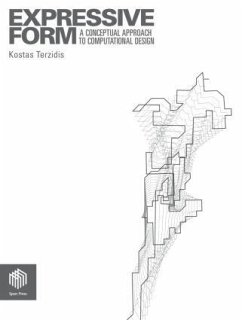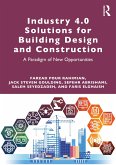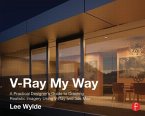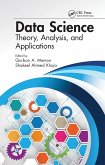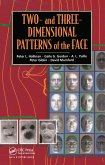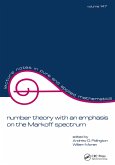With the increased use of computers, architecture has found itself in the midst of a plethora of possible uses. This book combines theoretical enquiry with practical implementation offering a unique perspective on the use of computers related to architectureal form and design. Notions of exaggeration, hybrid, kinetic, algorithmic, fold and warp are examined from different points of view: historical, mathematical, philosophical or critical. Generously illustrated, this book is a source of inspiration for students and professionals.

